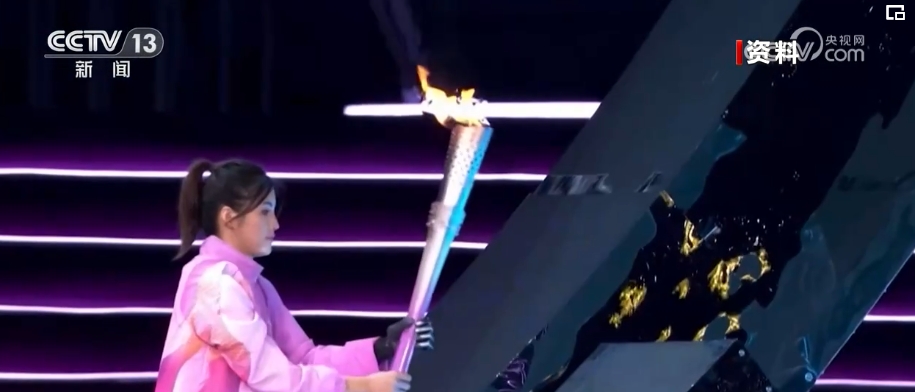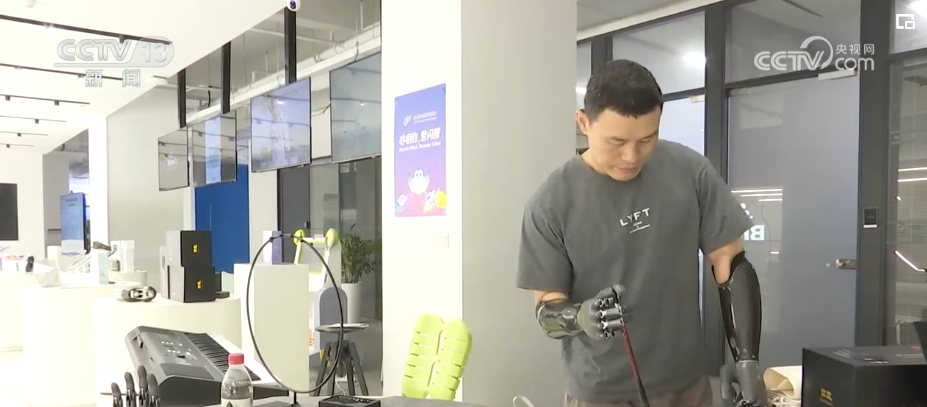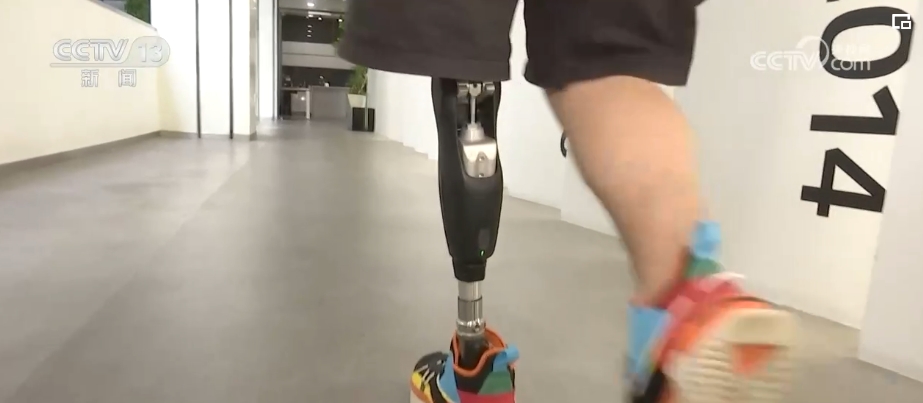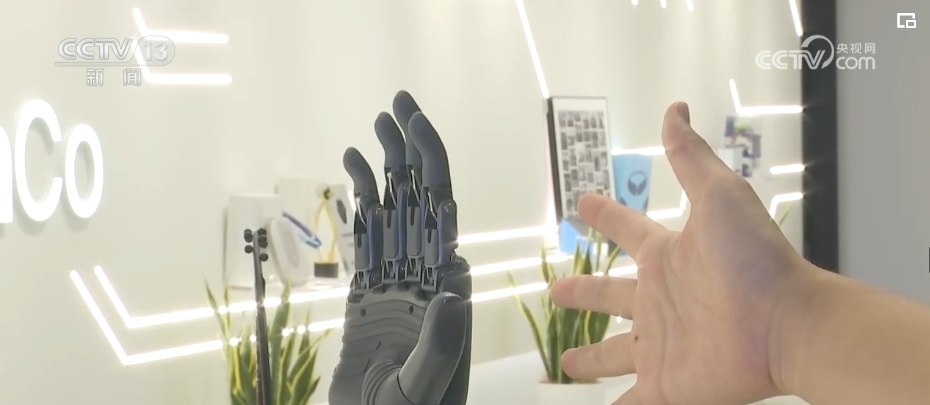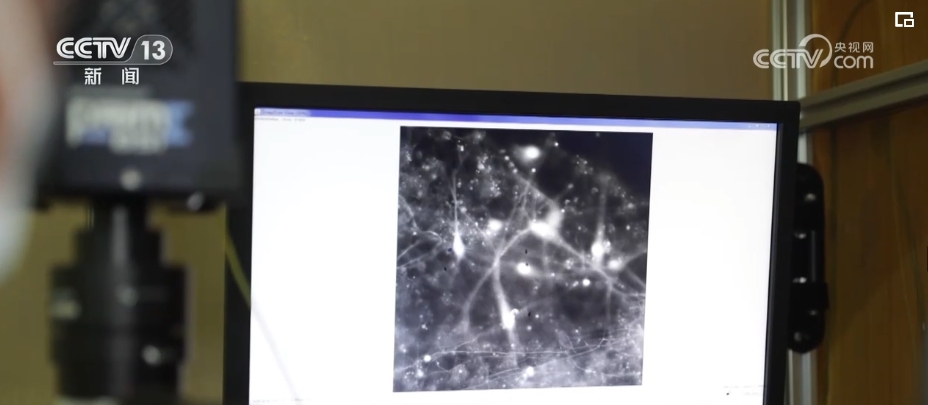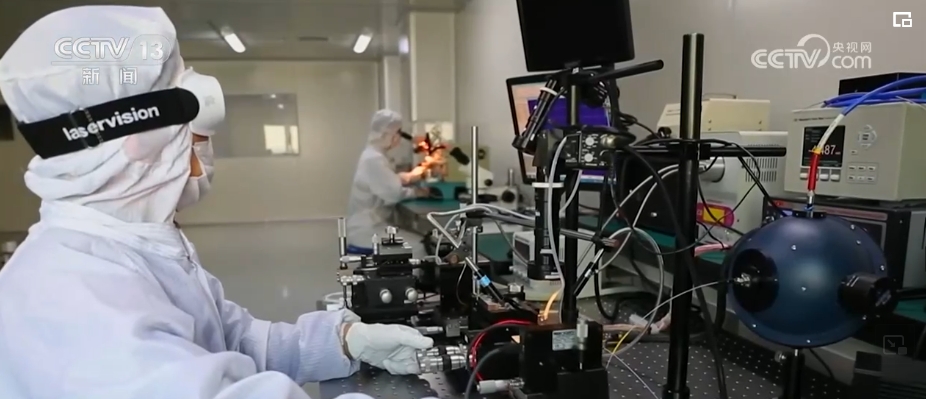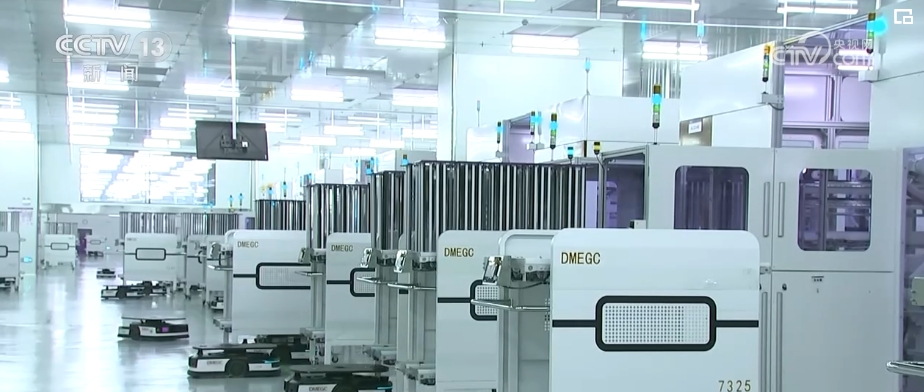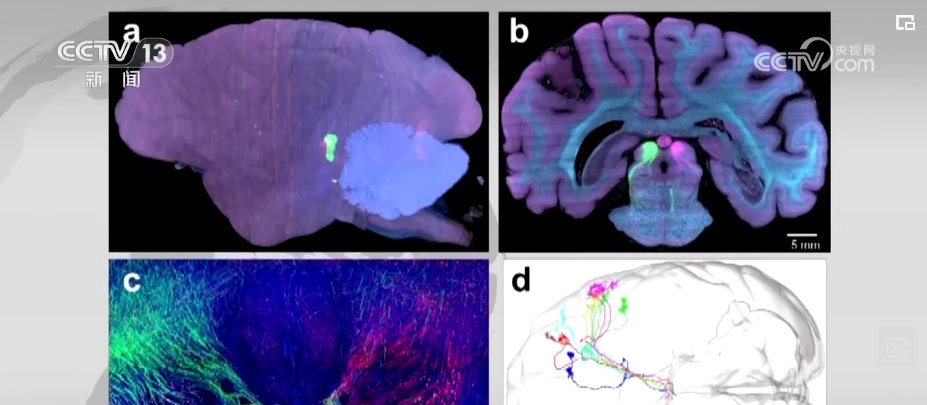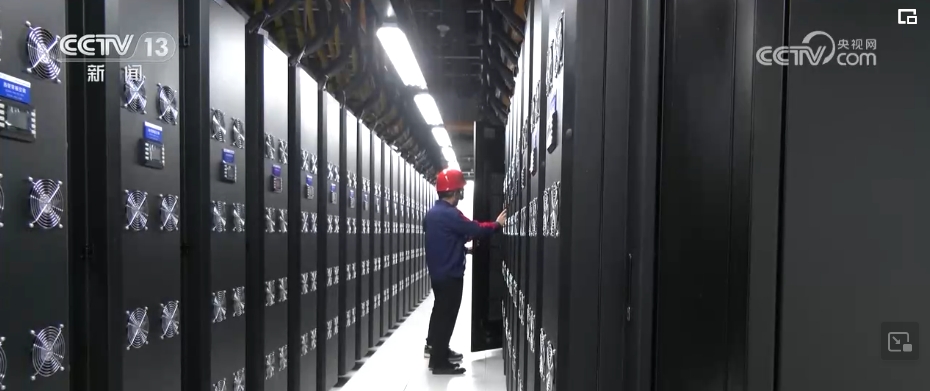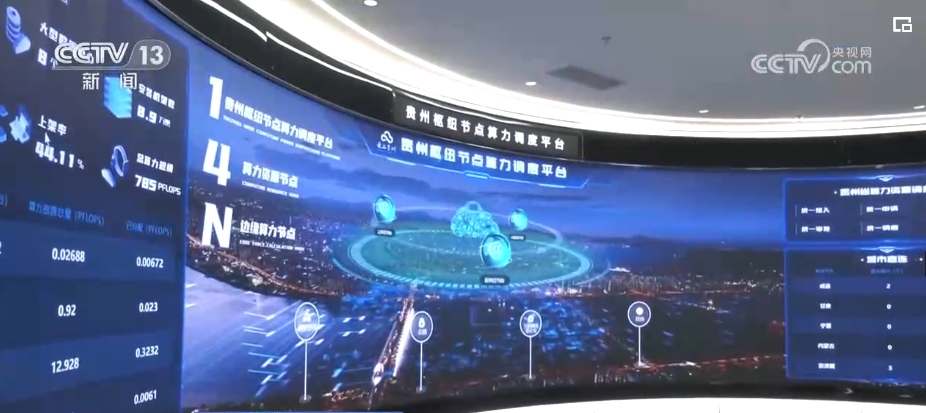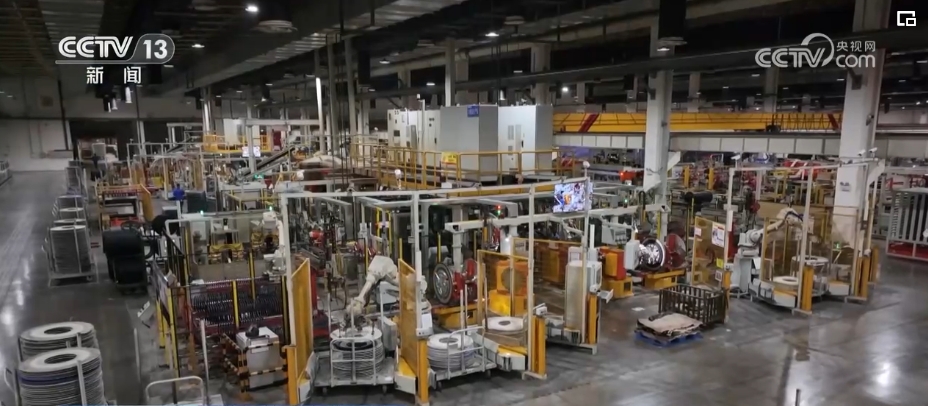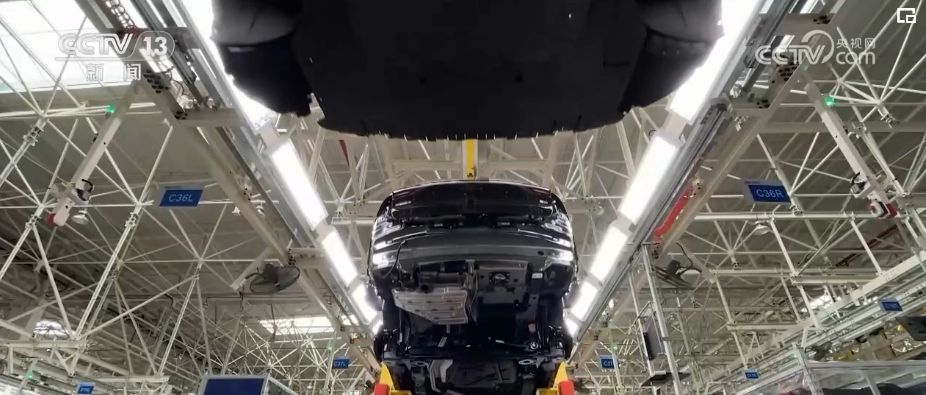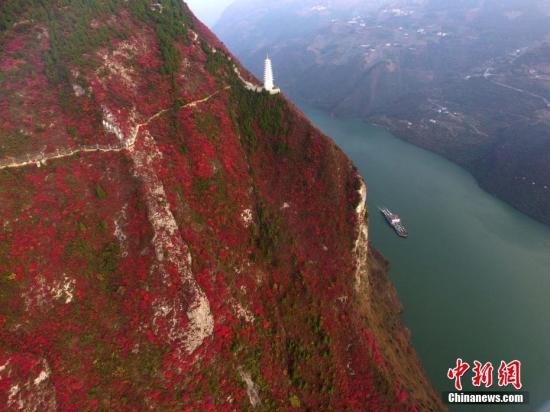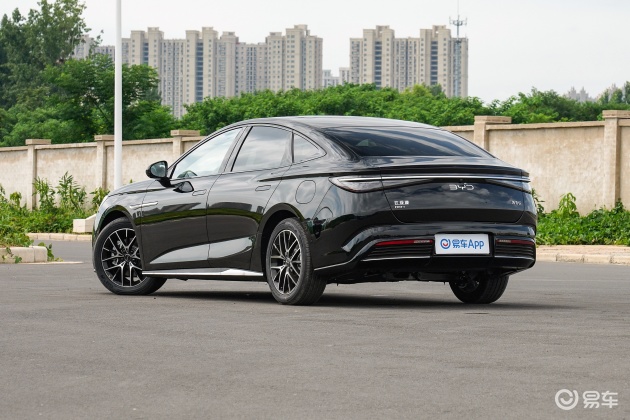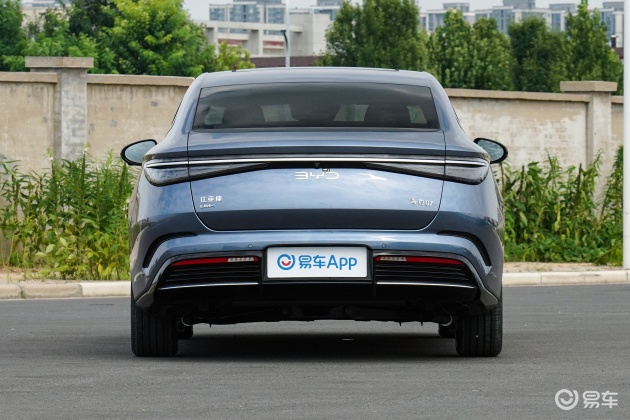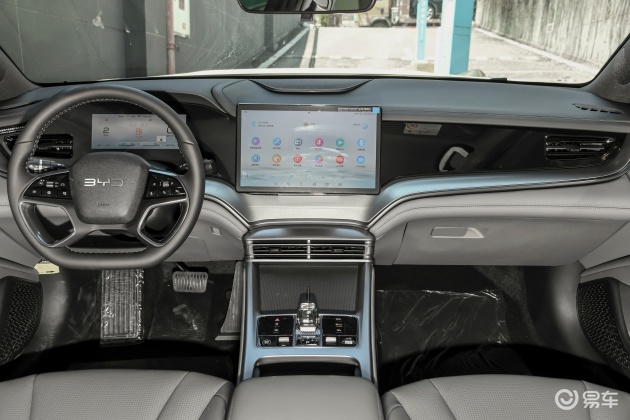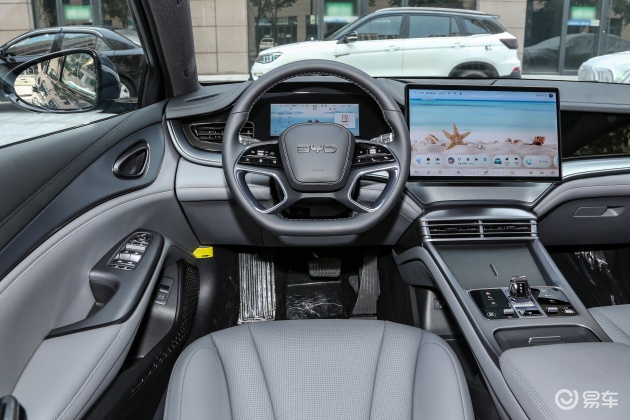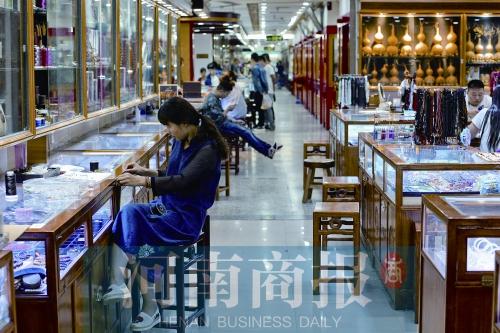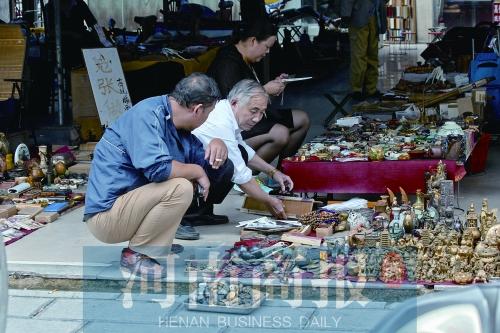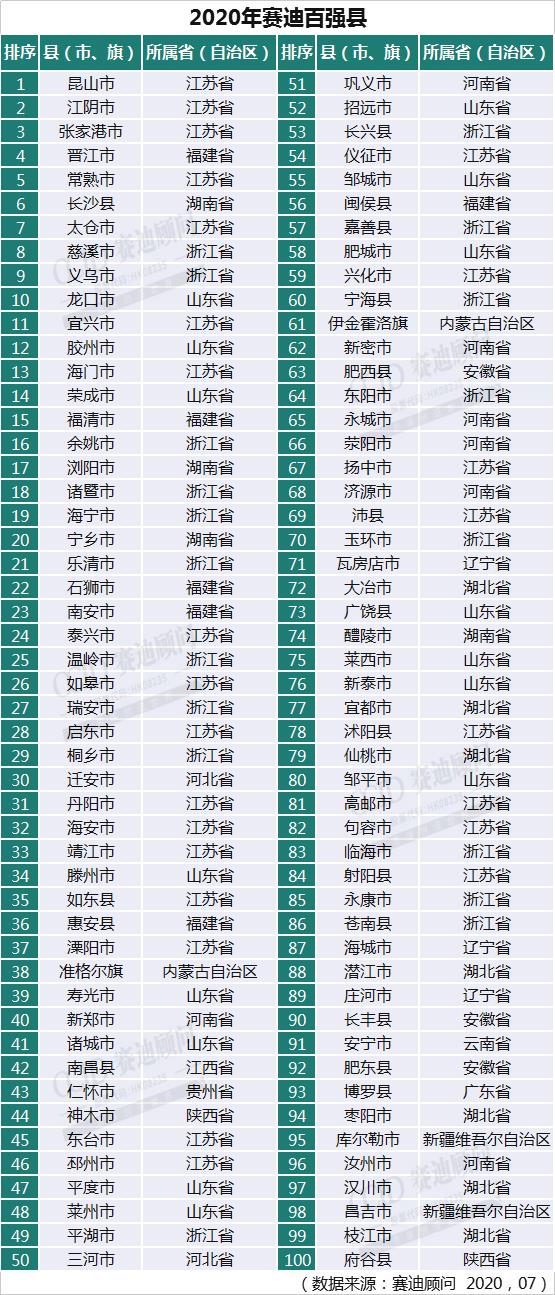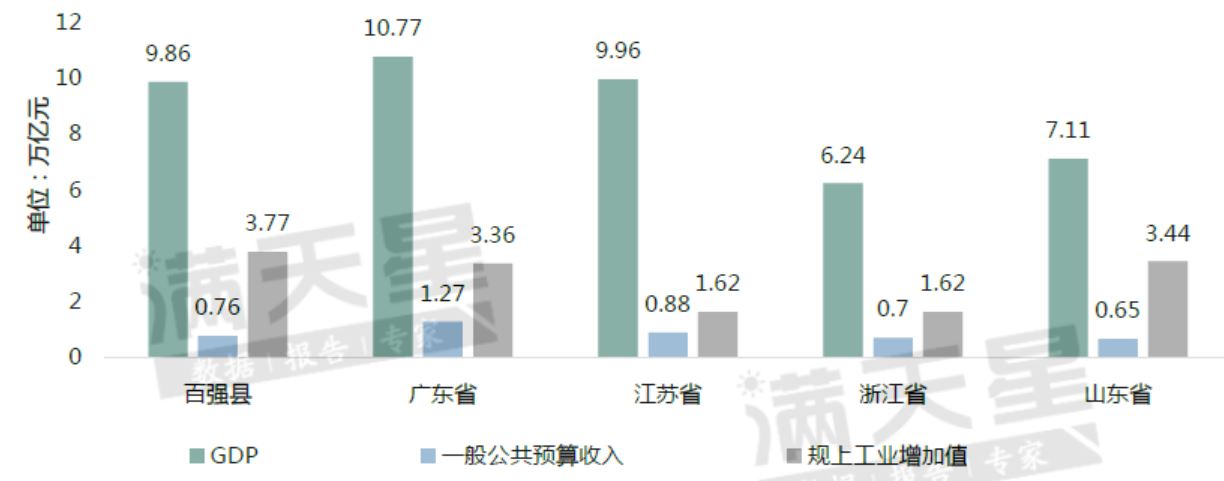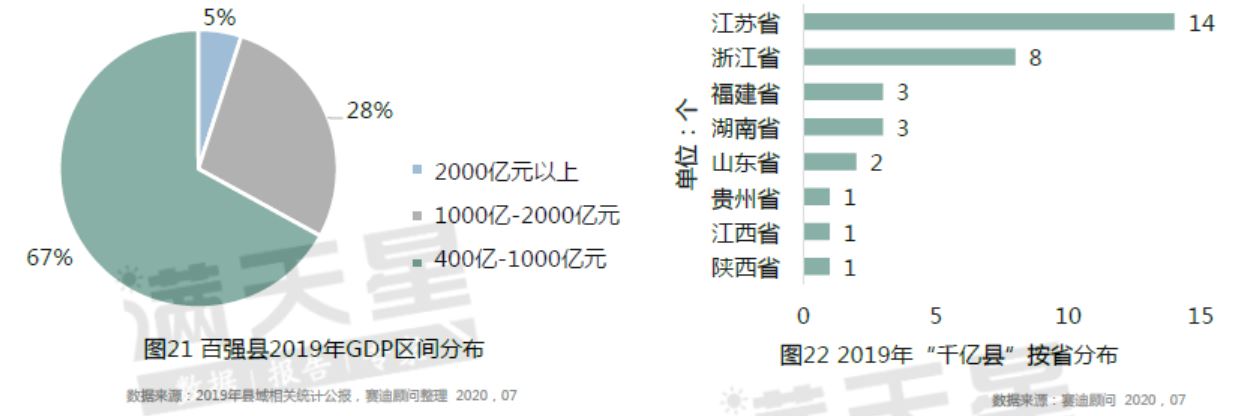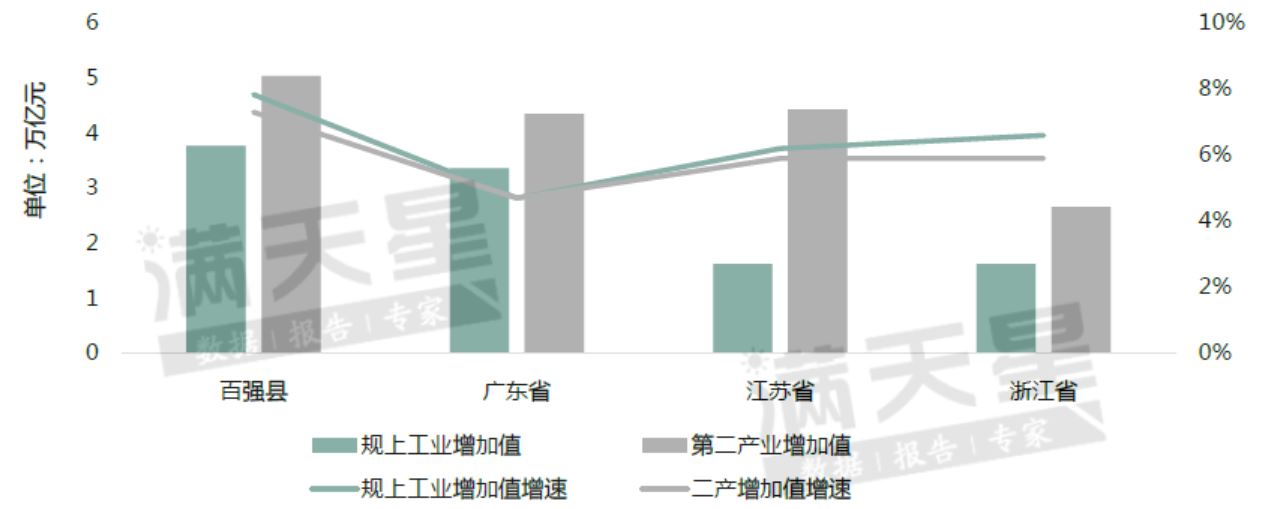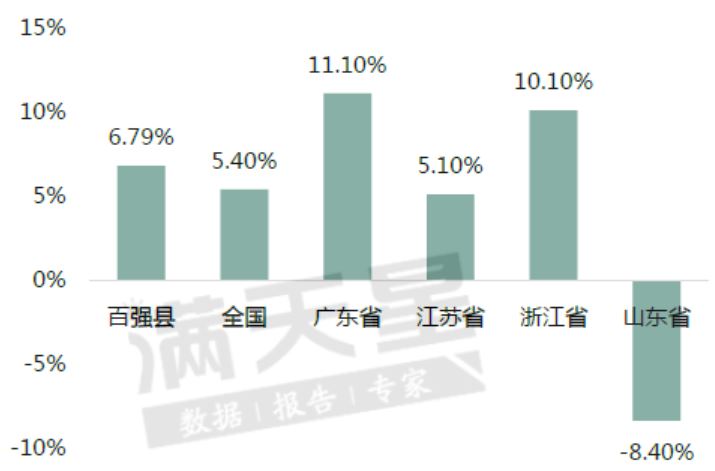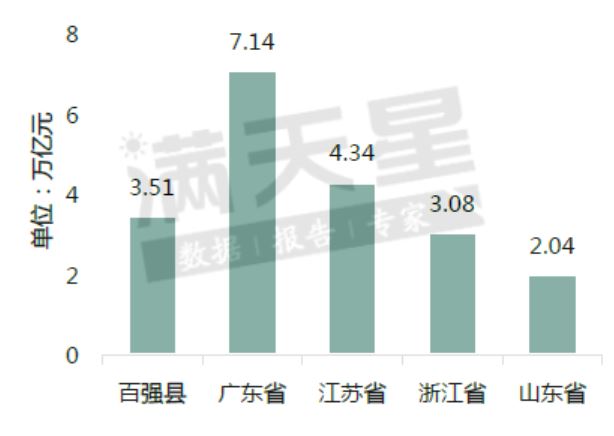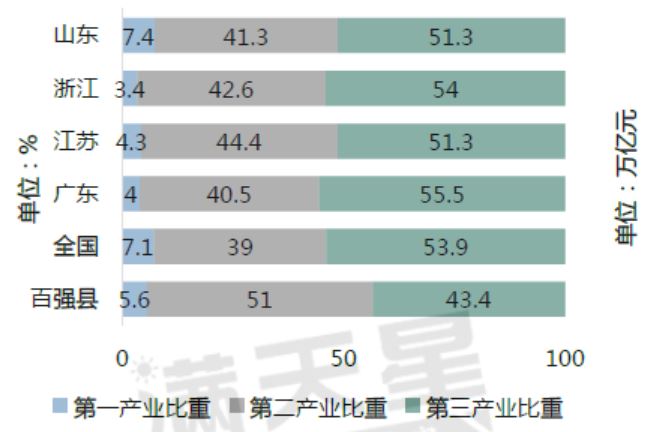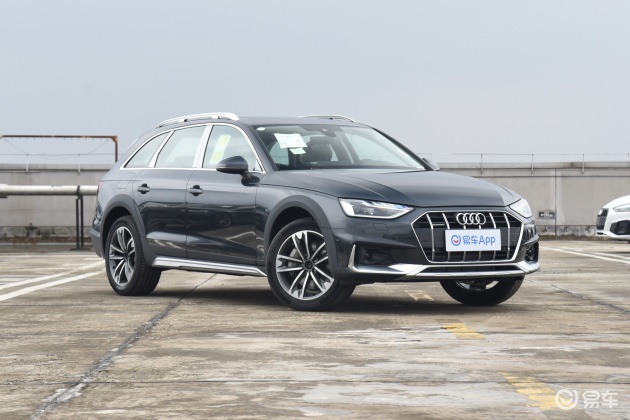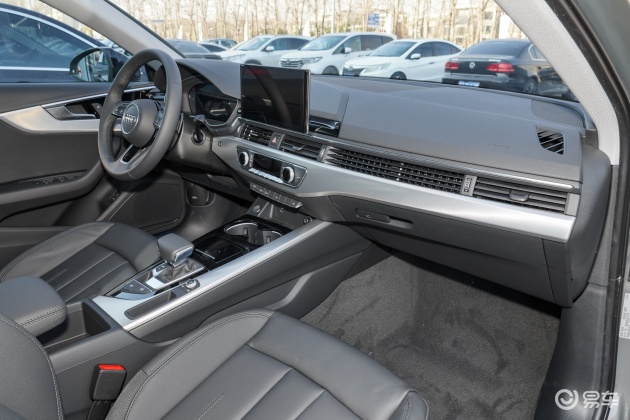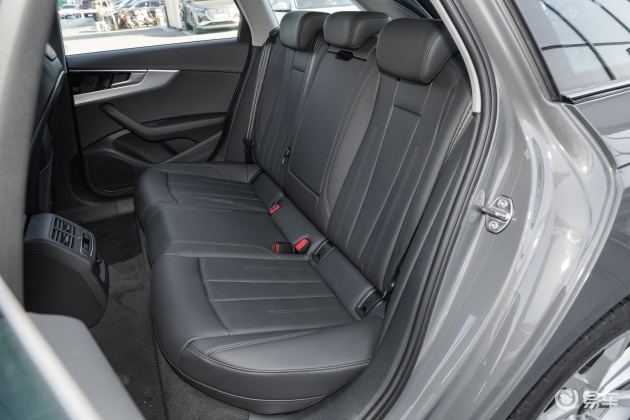Analysis on Promoting the Reform of Housing Provident Fund and Reform Options
■ Zheng Bingwen
The issue of housing provident fund retention and abolition has once again become a hot topic in society. Some people think that the housing provident fund system is unfair, and the housing provident fund has completed its historical mission. In order to reduce the burden on enterprises, it is advocated to abolish the housing provident fund.
The author believes that the housing provident fund system still has the value of existence at present and should continue to be retained.
Institutional Efficiency and Equity of Housing Provident Fund
From the 2018 Annual Report of National Housing Provident Fund published by official website, Ministry of Housing and Urban-Rural Development, we can have a bird’s eye view of the institutional efficiency and fairness of housing provident fund, and have a general understanding of the system. According to the "annual report" of the provident fund, the institutional efficiency of the provident fund can be summarized into four characteristics, and the institutional fairness can be summarized into four characteristics. First look at the four institutional efficiency characteristics of housing provident fund.
First, the benefit rate is relatively high.Since the establishment of the provident fund system, a total of 33.35 million individual housing loans (including two sets of loans with more than two times) have been issued, of which one third are dual employees, and a total of about 55 million people have benefited. Among the 144 million paid-in employees, 38% have successfully become housing lenders. The essence of the housing provident fund system is a mutual aid system. As a mutual aid system, 38% of its members can benefit, which is not low.
Second, the mortgage level is appropriate and effective.In 2018, 2.53 million individual housing loans were issued, with an amount of 1.02 trillion yuan. On average, each mortgage was about 400,000 yuan. Paying down payment in second-and third-tier cities can basically solve the loan, and there is no need to combine commercial loans.
Third, reduce the heavy interest burden for employees.The interest rate of provident fund loans is low, 3.25% for more than five years, which is 1.65&mdash lower than the benchmark interest rate of commercial individual housing loans; 2 percentage points. The mortgage issued in 2018 can save interest expenses of 202 billion yuan for loan employees, and the average loan can save interest expenses of 80,000 yuan if calculated in 10 years. For more than 20 years, the provident fund system has reduced the interest burden of trillions of yuan for employees, which is the vitality of the provident fund system.
Fourth, the administrative cost comes entirely from the extracted management fee.There are 342 provident fund management centers in China with 3,439 service outlets, and there are 44,000 employees in the country, 40% of whom are non-employees. In 2018, the management fee was 11.7 billion yuan, and the comprehensive management cost per 100 million yuan of assets was 210,000 yuan, including salaries and bonuses of all employees, office space, office equipment and official expenses. The whole provident fund system is a self-supporting system. In the national contributory welfare system, such as the social insurance system and even the National Social Security Fund Council, all its operating and management costs (staff salaries and office equipment, etc.) come from financial funds, while the management costs of the housing provident fund system are completely self-digested, which is very rare in China’s current contributory welfare system.
Let’s take a look at the four institutional fairness characteristics of the housing provident fund from the 2018 Annual Report of the National Housing Provident Fund.
First, the coverage has gradually expanded.By 2018, the number of employees paid into the provident fund was 144 million, which is a large coverage in China’s contributory welfare system. For example, in a comparable social insurance system, except for medical care and old-age care, unemployment insurance covers 196 million people and maternity insurance covers 204 million people, and they are more compulsory than housing provident fund. Other payment systems cover a small number of people, for example, enterprise annuities cover less than 24 million people.
Second, the structure of paid employees is dominated by formal sector employment.Among the 144 million employees, 31% are from government agencies and institutions, 20% from state-owned enterprises, 31% from private enterprises and 8% from foreign capital, and the remaining 10% are non-governmental, collective enterprises and other types of units. There are narrow and broad definitions of formal sector employment in China. The narrow definition refers to urban corporate institutions and urban collective units, which employ 170 million people. In a broad sense, we should also add 140 million urban private employees, that is, employees of private enterprises whose business address is located above Chengguan Town in the county. Unemployment insurance, industrial injury insurance and provident fund mainly cover employees in the formal sector in a narrow sense.
Third, the system is very transparent.The information disclosure and transparency of the housing provident fund system have always been better. In 2015, the Ministry of Housing and Urban-Rural Development, the Ministry of Finance and the People’s Bank of China jointly issued the Notice on Improving the Information Disclosure System of Housing Provident Fund (J.J. [2015] No.26). In addition, the Annual Report of the National Housing Provident Fund jointly released by the Ministry of Housing and Urban-Rural Development, the Ministry of Finance and the Central Bank to the whole society every year has complete information and is very transparent. For example, the proportion of paid employees according to the nature of the unit (civil servants, institutions, state-owned enterprises, collective enterprises, etc.), the withdrawal of provident fund by type (reasons for withdrawal, number of people, proportional amount), various types of loans (housing type, area, number of units, etc.), pilot loans to support the construction of affordable housing, business revenue and expenditure and value-added income, distribution of housing loans and value-added income in various provinces, asset risk, etc.
Fourthly, housing provident fund, as a mutual fund, has played three spillover effects on housing construction in China.One is to occupy a place in the housing market. For example, in 2018, the housing consumption category of housing provident fund, personal housing loans and discount loans for public developers totaled 2.2 trillion yuan (including nearly half of the repayment of loan principal and interest), accounting for 17% of the national commercial housing sales and 16% in the personal housing loan market. Another example is to support loan workers to purchase and build housing area of 287 million square meters, accounting for 19% of the national commercial housing sales area. Second, it plays an obvious role in the rental market and housing repair market. The provident fund has provided support to employees who have no need to buy a house for the time being in their needs of renting and repairing houses. The withdrawal amount of 7.66 million rented employees has reached 73 billion yuan, and the per capita annual withdrawal amount is 10,000 yuan. Third, it plays a huge role in the construction of affordable housing. The housing provident fund provides loan support for affordable housing construction projects. By the end of 2018, a total of 87.215 billion yuan of loans had been issued to 373 pilot projects for affordable housing construction. In addition, the value-added income of some housing accumulation funds also provided supplementary funds for the construction of urban public rental housing (low-rent housing), and a total of 336.5 billion yuan was withdrawn from the construction of public rental housing. For another example, the Beijing Housing Provident Fund has so far issued 36 project loans with a loan amount of 20.1 billion yuan and a construction area of 940,000 square meters, potentially solving the housing difficulties of low-and middle-income workers’ families by more than 90,000 households.
The mission of housing provident fund is not completely over.
From the perspectives of efficiency and fairness, the above-mentioned provident fund system has performed well in many contributory welfare systems, at least not very badly, which has played a role in the transformation of housing system and solving the housing difficulties of employees. In the coming period, the historical mission of housing provident fund has not yet ended, which is mainly manifested in the following aspects.
First, from the demand side, housing provident fund can also play a certain role.In the third-and fourth-tier cities, the role of alleviating housing difficulties for working-class people is very obvious. The most convincing is the mortgage rate, that is, the ratio of the balance of personal housing loans to the balance of housing provident fund deposits at the end of the year. For example, most provinces in the central and western regions have mortgage rates of 70% to 80%, and only Xizang (68%), Qinghai (69%) and Xinjiang Construction Corps (38%) are below 70%. Almost all first-and second-tier cities are above 85%, for example, Beijing is 95%, Shanghai is 96%, Tianjin is almost 100%, and Jiangsu, Zhejiang, Anhui, Fujian and Guizhou are above 95%. What’s important is that the housing prices in first-and second-tier cities are high, and the employees employed by government agencies and institutions every year are under great pressure to buy houses. These groups are all admitted through the "national examination", and they undertake the function of running the state machine. In the front line of scientific research and teaching, the marginal utility of housing provident fund is the highest, and in second-and third-tier cities, they can completely rely on provident fund to solve the problem of buying houses. If the provident fund is abolished, it means that there are great obstacles for the central ministries or some departments to recruit outstanding talents.
Second, from the pattern of initial income distribution in China, retaining the provident fund can increase the share of labor income.As we all know, the share of labor income is too low in China’s primary income distribution pattern. Since the reform and opening up, the index of labor income share has fluctuated, from over 60% in the 1990s to below 50% before the international financial crisis in 2008, and then it has rebounded. It has improved in the past 10 years, but it is 15 to 20 percentage points lower than developed countries on average, and even lower than some developing countries.
The report of the 19th National Congress of the Communist Party of China clearly pointed out: "Adhere to the simultaneous growth of residents’ income while economic growth, and realize the simultaneous increase of labor remuneration while improving labor productivity". The Opinions of the Central Committee of the Communist Party of China and the State Council on Accelerating the Improvement of the Socialist Market Economic System in the New Era just released on May 18, 2020 once again pointed out: "Increase the labor remuneration of workers, especially front-line workers, increase the proportion of labor remuneration in the initial distribution, realize the simultaneous growth of residents’ income while economic growth, and realize the simultaneous increase of labor remuneration while improving labor productivity."
From the perspective of implementing the central spirit, the provident fund system is a good thing. The idea of canceling the provident fund is mainly for the sake of reducing the burden on enterprises, and the starting point is also good, but the crux of the problem lies in the fact that the focus should be on reducing taxes and social security premiums. China’s tax revenue mainly comes from indirect taxes, and direct taxes only account for about 10%. In the long run, we should gradually focus on direct taxes, but if the share of labor income is always too low, it will always be empty talk.
Third, from the perspective of employees’ sense of acquisition, the effect of provident fund is very obvious.When they paid the provident fund, the people never complained that the base was too high and the proportion was too high. They complained that the social security premium rate and base were too high. The phenomenon of "evasion" of social security for ordinary people and enterprises is very serious, while almost no one and enterprises "evade" the provident fund! Why? Because the "tax wedge" of the provident fund is "zero", 100% of it becomes the disposable income of employees and their families, and its private attribute is very obvious. Excluding the provident fund, the tax wedge of social security contributions (including payroll tax) in China is as high as 30.81%, which is exactly equal to the average of OECD countries. In contrast, the tax wedge of Denmark, a Nordic welfare country, is only 30.99%, which is only a little higher than that of China. There are many developed countries with lower tax wedge than ours, such as Japan (29.64%), Australia (26.96%), Britain (26.51%), Luxembourg (26.29%), Ireland (24.66%), Canada (24.12%) and the United States (23.95%).
Importantly, in the social security payment of individuals and enterprises, the tax wedge of enterprise payment is as high as 19.22%, and the tax wedge of individual payment and individual tax is 6.41% and 5.19% respectively. That is to say, in the structure of tax wedge, the social security payment of enterprises accounts for as high as 62.36% (individual payment is 20.79%, individual tax is 16.85%). Such a large tax wedge, with Of course, enterprises can evade fees "justifiably". Employees don’t get benefits, and they don’t have a sense of gain. Of course, they are willing to "cooperate" with enterprises to evade fees. Therefore, it is an unspoken rule that employees and enterprises "evade" social security fees together, and it is the social security system that ultimately "suffers". This is the main reason why paying provident fund is more popular than paying social security fees.
Fourth, the low-and middle-income borrowers of the provident fund account for 95%, which is especially popular in poor areas.One of the main reasons for advocating the abolition of provident fund is that the system is unfair and the poor subsidize the rich. Of the 2.53 million mortgages of 1 trillion yuan issued in 2018, 95% were low-and middle-income borrowers, and high-income earners only accounted for 5%. According to the 2018 Annual Report of the National Housing Provident Fund, the low-middle income here means that the income is 3 times lower than the average wage of the local society last year, and the high income means that the income is 3 times higher than the average wage of the local society last year (inclusive). Look at age and housing purchase: 76% of borrowers are under 40 years old, 89% buy a building area of less than 144 square meters, and the first set accounts for 85%. Obviously, the above data show that buyers are basically just in need, and the provident fund system really provides protection and support for low-and middle-income groups to buy houses.
Let’s use the deposit base of several typical poverty-stricken areas in 2017 to see their attitudes and behaviors towards the provident fund (the data are all from their housing provident fund report released in official website): the deposit base of Dingxi in Gansu is 101% of its social average wage, Baise in Guangxi is 110% of its social average wage, and Zhangye in Gansu has the highest actual deposit base, which is 113% of its social average wage. This shows that the deposit base of employees in poverty-stricken areas is very "real", even exceeding the local social wage, because they have benefited.
Fifth, the number of employees who have paid in is increasing, especially in private enterprises.Let’s look at the fairness between "within the system" and "outside the system". In real life, this pair of concepts can be understood in two ways. One means that institutions and state-owned enterprises are regarded as "within the system", while others are regarded as "outside the system". Among the 144 million paid-in employees, there are 44.52 million in government institutions and 29.28 million in state-owned enterprises, totaling 73.8 million, which shows that the number of paid-in employees in the "system" is basically in a "saturated" state; Another understanding is that "within the system" refers to the formal employment sector, "outside the system" refers to the informal employment sector, and the formal employment sector has broad and narrow meanings. With government agencies, institutions and state-owned enterprises basically saturated, private enterprises will become the main force to participate in the provident fund at present and in the future. For example, in 2018, there were 19.9 million new accounts opened in the provident fund, of which private enterprises accounted for 50% (9.94 million), which shows that the proportion of private enterprises will gradually increase in the process of expanding coverage in the future. In the formal employment group, it is unfair to employees who have not participated in the provident fund, but the expansion of coverage needs a process. The state has issued documents many times to expand the coverage of the provident fund, which requires the joint efforts of employers, employees and the whole society, and the coverage of social insurance has also gone through such a process. For example,The basic old-age insurance for employees of urban enterprises covered only 136 million people 20 years ago, and reached 967 million in 2019. However, if the provident fund is abolished, the employees who have not joined and those who have joined will lose their opportunities forever. As long as this system exists, opportunities will exist.
Main problems and reform suggestions of housing provident fund system
The Opinions of the Central Committee of the Communist Party of China and the State Council on Accelerating the Improvement of the Socialist Market Economic System in the New Era, which was just released on March 18th, 2020, pointed out: "Reform the housing provident fund system".
The author believes that this is the most authoritative and latest tone of the central government on housing provident fund, and its attitude is very clear, that is "reform", not "cancellation", and I fully agree with it. Since the central government’s attitude is still clear, if we want to reform, we should first make clear what the problems are in the provident fund, and then discuss what the solution is, not whether to cancel it, but whether to reform it. There may be many problems with the provident fund, for example, whether older employees who have no need to buy houses have the right to quit, whether individual employees have the right to choose the proportion of contributions within the upper limit, and so on.
However, there have been two biggest problems with the housing provident fund: First, the investment method is single and the rate of return is too low. For example, the value-added rate of return in 2018 is only 1.56%; The direct result of the low value-added rate of return is that the deposit interest paid by employees is too low, and the interest is only calculated at 1.5%. If calculated according to the market-oriented investment rate of return, the loss is huge. Take the balance of 802.3 billion yuan in 2018 as an example. If it is entrusted to the National Social Security Fund Council for investment and the rate of return is assumed to be 6%, the interest income this year will be as high as 28 billion. Therefore, after more than 20 years, the interest loss will be several hundred billion yuan. For individual employees, the interest rate of 1.5% is far from outperforming the inflation rate, and the risk of depreciation is very obvious. The funds deposited in the account are shrinking every year; The interest rate of 1.5% is at least 10 percentage points lower than the social average wage growth rate, resulting in "welfare loss" doubling every few years. In the past 22 years, the unit proportional payment is almost equivalent to "nothing". In the past 22 years, the wage growth rate and population growth rate have exceeded 14%, which is called "biological rate of return" and "internal rate of return" (we can roughly understand it as actual purchasing power). Minus the interest-bearing level of 1.5%, the annual "welfare loss" will be at least 12%. After 22 years, the welfare loss of employees will be astronomical.From the perspective of the whole society, this is a huge loss of social welfare and a "transfer" of social wealth. The second problem is that the surplus funds can’t be used in the whole country between the areas with low overall planning level and high loan ratio (for example, 99.5% in Tianjin) and the areas with low loan ratio (for example, 78% in Qinghai). From the perspective of the whole society, the low level of fund management and regional separatism reduce the efficiency of "mutual assistance" of surplus funds.
In view of the above analysis, there are problems in the provident fund system, but we should not give up eating because of choking. We should solve the problems in the provident fund as soon as possible, and we should not turn a blind eye to them. Otherwise, we will be irresponsible to the paid employees. From a certain point of view, we will "fatten" the state-owned banks with low-priced and high-quality assets. Since some scholars have put forward a motion to cancel the provident fund, policy makers should act as soon as possible with a sense of urgency and a high sense of responsibility for the people’s interests, so as not to let a good livelihood system become a "soft rib" for a long time. In order to get rid of the above two main disadvantages, the author puts forward four reform ideas or four reform options.
First, expand the function and optimize the structure without changing the nature of the current administrative institution of the housing provident fund center.This is an improved scheme, the easiest and most convenient scheme, and the existing system and mechanism will not be changed. The areas of "improvement" include: in the investment system, we can adopt the mode that the basic old-age insurance fund for urban workers entrusts the National Social Security Fund Council to invest, and the provinces sign contracts with the National Social Security Fund Council respectively and agree on specific matters such as investment return rate, and all the real investment income is distributed to the paid employees as interest. In terms of business scope, provident fund centers in first-and second-tier cities are allowed to use value-added income and other funds to directly invest in and hold rental housing, and support paid employees to solve housing problems through leasing; Expand the coverage of deposits to cover urban migrant workers and even freelancers; At the level of overall planning, it will be promoted to national overall planning, and the mutual integration of funds between cities will be strengthened. Deposited employees can continue to deposit in different places, extract and use in different places, and lend; Establish a new loan allocation mechanism in the use of extraction, tilt towards low-and middle-income groups, and increase support for rental housing; Improve the efficiency in the operation mechanism and simplify the procedures for extraction and use; Strengthen the publicity according to law in supervision and regularly disclose information.
Second, the national housing provident fund management company, a policy-based non-bank financial institution with independent legal person, was reorganized and established (the idea of "Fannie Mae and Freddie Mac" in the United States).The national housing provident fund management company issues bonds and securities in the capital market with national credit, expands the fund pool, and provides liquidity support and policy guarantee for ordinary people to use the housing provident fund; In terms of the use of funds, the National Housing Provident Fund Management Company does not directly issue loans, but supports the basic housing needs of paid employees by providing low-interest and long-term credit guarantees for paid employees. After being guaranteed by the provident fund management company, paid employees can choose any provident fund center and commercial bank to obtain loans. This method can promote the competition between provident fund centers and commercial banks, and improve the efficiency and service level of housing loans for paid employees. At the same time, the national housing provident fund management company provides funds for the provident fund centers and commercial banks by purchasing their mortgage assets in bulk. In the first-and second-tier cities with high housing prices, we will support the construction and operation of rental housing through loans or direct investment, and promote "both rent and purchase". Establish a national overall planning mechanism and a national housing provident fund fund fund management platform to realize national deposit and withdrawal and interbank lending; In terms of operation mechanism and supervision mechanism, it operates in the way of corporate governance structure of financial institutions and accepts supervision.
Thirdly, the policy-oriented National Housing Bank was reorganized and established (the idea of China Postal Savings Bank).Based on the model of housing savings banks in developed countries, the national provident fund center will be reorganized into a unified national independent legal person financial institution, and the provincial and municipal provident fund centers will be reorganized into branches of the National Housing Bank, and bonds and securities will be issued in the capital market with national credit; Carry out policy-based housing savings business, establish a differential credit mechanism, and provide more favorable housing financial support to low-and middle-income groups, which can be deposited and connected in different places, and used and loaned in different places; Issue project loans to rental housing construction. In the operation mechanism, it operates according to the corporate governance structure of modern financial institutions, and establishes an incentive mechanism to promote efficiency and risk control; According to the regulatory mechanism of policy finance, the Ministry of Housing and Urban-Rural Development is responsible for the formulation and supervision of housing policy rules, while the central bank and the China Banking Regulatory Commission are responsible for the formulation and supervision of banking regulatory rules.
Fourth, merge with enterprise annuity and integrate it into a comprehensive provident fund system (the idea of Singapore Central Provident Fund).Considering the aging trend, following the principle of life cycle, taking into account the capital needs of urban residents in housing and pension, a unified personal provident fund account will be established throughout the country. According to the housing and pension, two sub-accounts are set up. The housing account implements "low deposit and low loan", and the funds in the housing account can be extracted for renting or buying housing. When employees have no provident fund loans or housing consumption needs, the funds in the housing account are transferred to the pension account. Set up a policy-based non-bank financial institution to be responsible for the investment and operation of the comprehensive provident fund pool, and play the dual role of the current housing provident fund and enterprise annuity.
(The author is a member of Chinese People’s Political Consultative Conference and director of the World Social Security Research Center of China Academy of Social Sciences)

